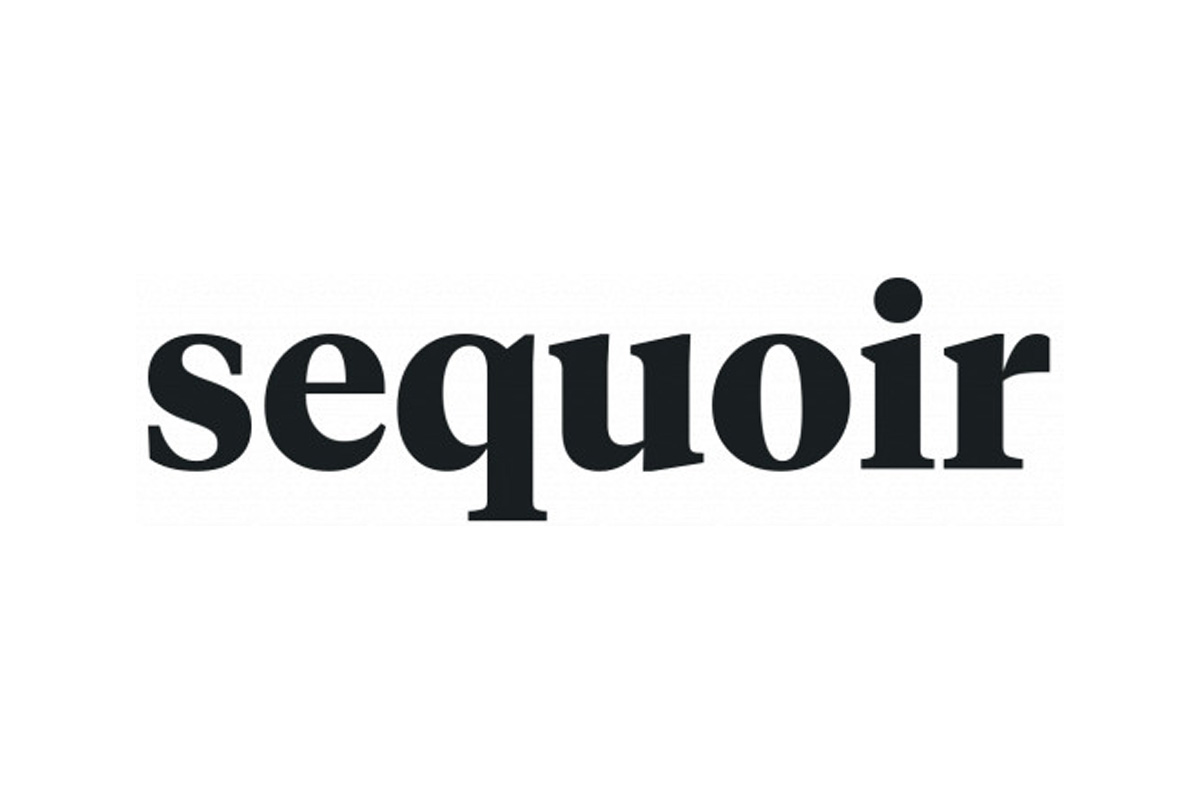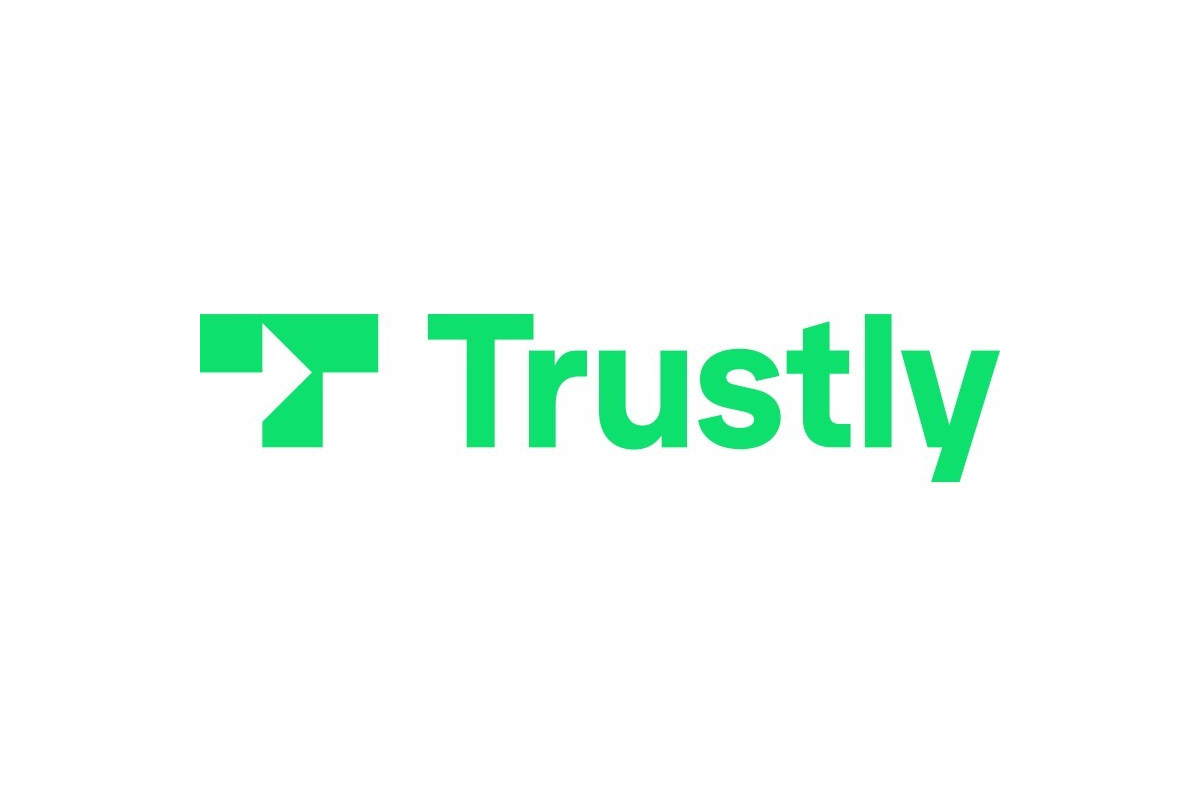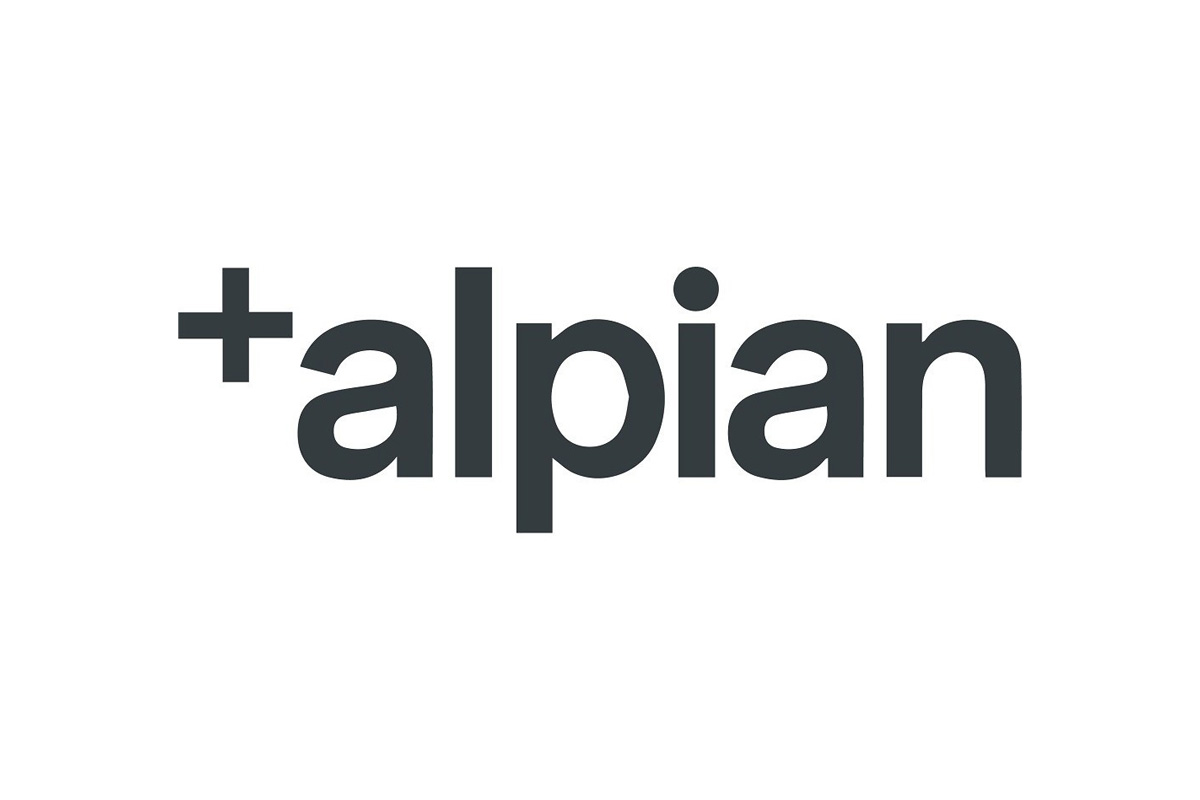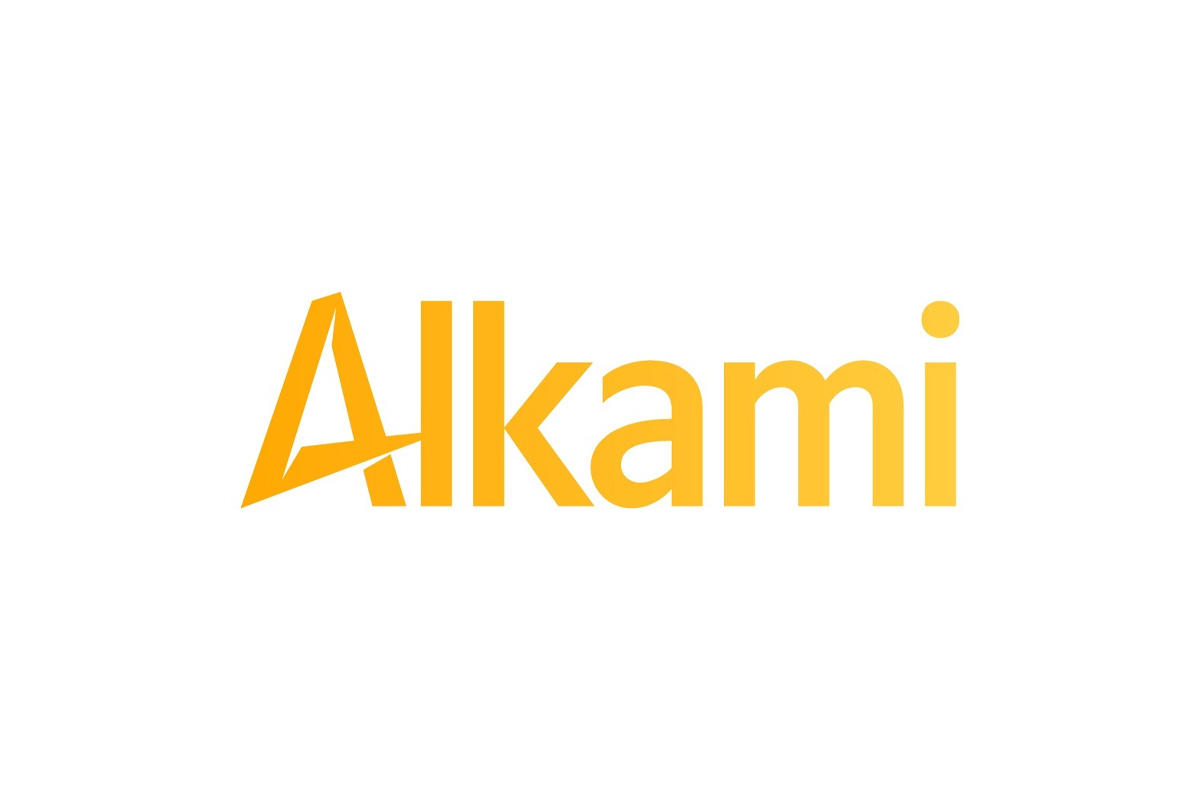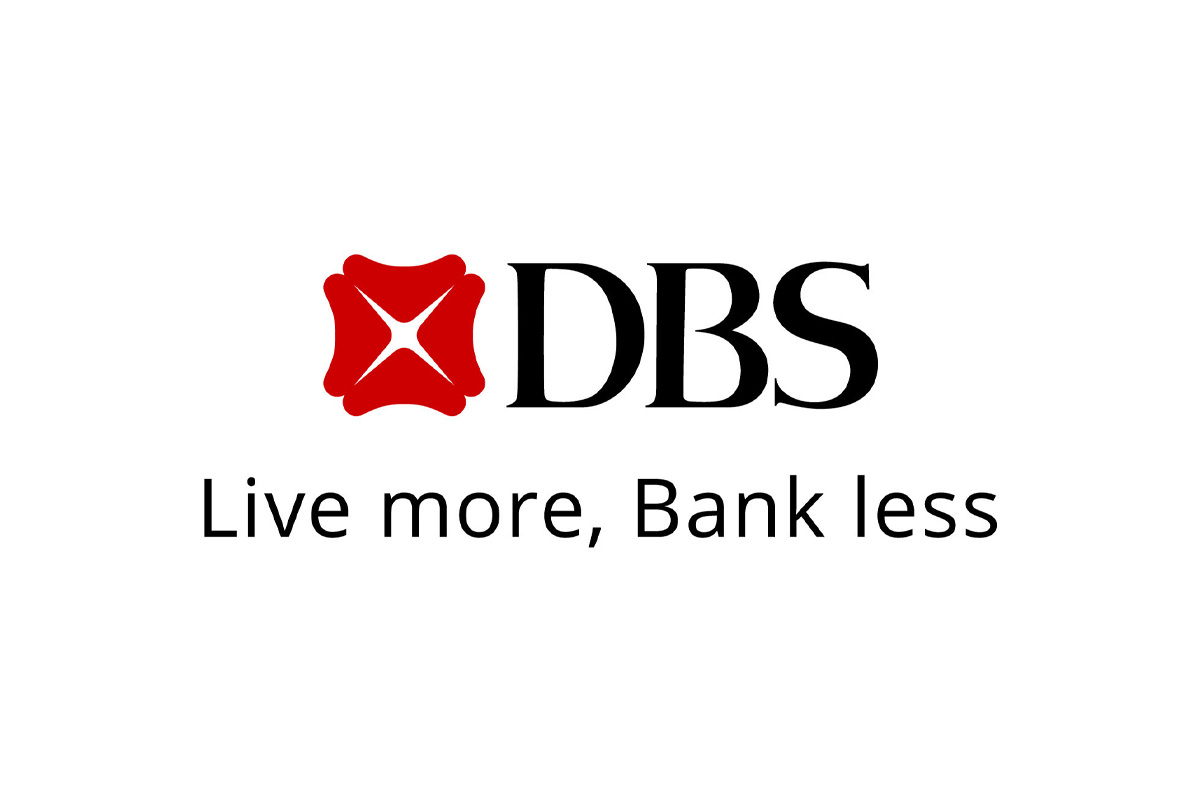Fintech
The Growth in SME Loans and illimity’s Profits Continues in the Third Quarter of 2021
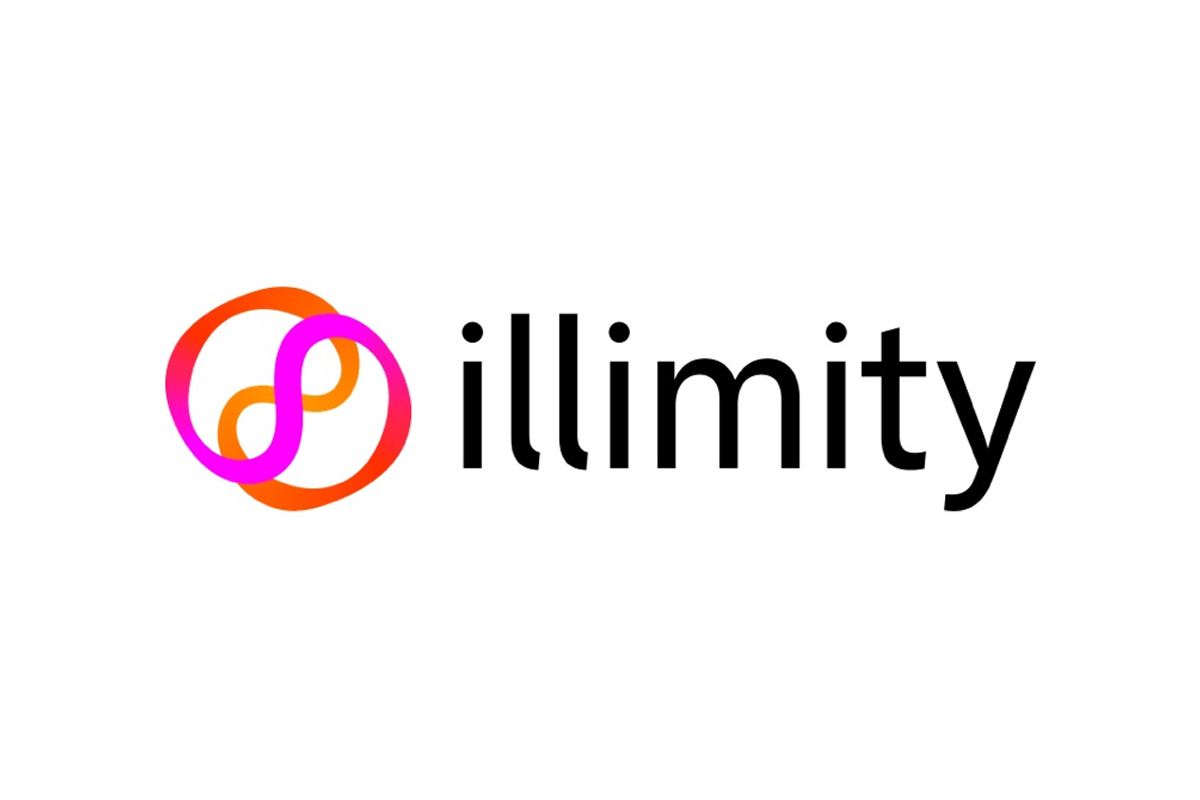
Chaired by Rosalba Casiraghi, the Board of Directors of illimity Bank S.p.A. (“illimity” or “Bank”) yesterday approved the illimity Group’s results at 30 September 2021.
illimity again reports solid financial and operating performance in the third quarter of 2021: net profit of 18.8 million euro (14.9 million euro in the second quarter of 2021, +26% q/q, and 9.5 million euro in the third quarter of 2020, +98% y/y), taking the net result for the first nine months of the year to 46.2 million euro, up by 90% over the corresponding period in 2020. ROE3 closed at over 9% for the first nine months of 2021 on an annualised basis.
All the new strategic initiatives are running to schedule and the trajectory towards the short and medium-long term targets set in the 2021-25 Strategic Plan presented on 22 June is therefore confirmed.
Specifically:
- Revenues in the third quarter rose by 49% over the third quarter of 2020, driven by the Group’s recurring activities and the development of its new initiatives. The strong performance accompanied the gradual balancing of the revenue mix, with the component of income other than net interest income representing around 50% of the total in the first nine months of 2021.
- Standing out among revenues is the rise in fees and commissions, which in the third quarter rose by 18% q/q to reach 10.3 million euro – three times the corresponding figure for the previous year – driven by the robust generation of new business volumes in the Growth Credit segment, including Factoring, the solid results of neprix and the rising contribution of the new initiatives.
- Revenues for the period include the first income of 5 million euro arising from the licence agreement entered into with the ION Group for the use of the information systems developed by illimity (part of the 90 million euro planned to be received over five years).
- The Distressed Credit Division’s performance in managing purchased loans proved once again to be excellent in this quarter, with an extremely good progression in gross cash flows, generating ca. 5.3 million euro of profit from closed positions and other income of ca. 7.2 million euro; overall, the Division produced revenues of 146.1 million euro in the first nine months of 2021.
- Despite the fact that the Bank continued to invest in new initiatives which have yet to produce revenues, operating costs in the third quarter fell by around 9% over the previous quarter due to seasonal savings on certain staff cost items. This trend, together with the robust performance of revenues, led to a further improvement in the Cost income ratio, which reached 56% in the quarter and 60% in the first nine months of 2021, a clear-cut improvement over the same period of the previous year (76% in 9M20).
- As a result of the above dynamics, illimity’s operating profit rose to 77.5 million euro in the first nine months of 2021, nearly three times the figure of 28.0 million euro reported for the same period in 2020.
- The Bank’s risk profile strengthened further, remaining at the top levels of the system: the CET1 Ratio rose to 20.1% at the end of September 2021 (20.6% pro-forma with the inclusion of the special shares) due to the completion of the capital increase reserved to the ION Group and the profit of the quarter just ended; the ratio between gross doubtful organic loans and total gross organic loans fell to 2.5%; excluding the loan portfolio of the former Banca Interprovinciale, this ratio stands at around 0.5%. Liquidity continued to be abundant at over 1.1 billion euro at the end of September 2021, consistent with the expectation of an acceleration in opportunities in the distressed credit market in the final part of the year.
- Lastly, the Bank continued developing the new initiatives outlined in the Strategic Plan in line with the timetable. In September, HYPE launched new services and products on the market, enhancing its offer, with the aim of giving a further thrust to the already robust growth performance of the company, which can currently count on 1.5 million customers, confirming its leadership position among the fintechs that operate in Italy. The development of B-ILTY, the new highly digital direct bank designed for small corporates, ready for launching in the first quarter of 2022, is running to schedule. And in conclusion, the operating activities continued for enabling neprix Sales – the remarketing entity already a leader among platforms for the sale of real estate and capital goods arising from legal procedures – to enter the real estate free market by way of an innovative and digital offer model.
Corrado Passera, CEO and Founder of illimity, commented: “The world served by illimity, that of the small corporates, offers significant opportunities. A growing number of corporates present ambitious projects to enhance their potential and many are on solid paths towards a turnaround. The increase in distressed corporate credit will also accelerate once the banking moratorium ends, and the role of banks such as illimity specialising in this market segment will prove itself fundamental.
The decisions and technology investments we have made in these years will enable us to provide a service model that has shown itself to be competitive in terms of both expertise and efficiency. B-ILTY, the direct bank for small corporates, which will be launched on the market in the first part of the year 2022, will complete the construction of the illimity model and be completely unique, and not only at an Italian level.
The results of the first nine months of 2021 and in particular the third quarter confirm that the path that illimity has taken, has only just begun to bear its fruits for our customers and our shareholders.”
Fintech
How to identify authenticity in crypto influencer channels

Modern brands stake on influencer marketing, with 76% of users making a purchase after seeing a product on social media.The cryptocurrency industry is no exception to this trend. However, promoting crypto products through influencer marketing can be particularly challenging. Crypto influencers pose a significant risk to a brand’s reputation and ROI due to rampant scams. Approximately 80% of channels provide fake statistics, including followers counts and engagement metrics. Additionally, this niche is characterized by high CPMs, which can increase the risk of financial loss for brands.
In this article Nadia Bubennnikova, Head of agency Famesters, will explore the most important things to look for in crypto channels to find the perfect match for influencer marketing collaborations.
-
Comments
There are several levels related to this point.
LEVEL 1
Analyze approximately 10 of the channel’s latest videos, looking through the comments to ensure they are not purchased from dubious sources. For example, such comments as “Yes sir, great video!”; “Thanks!”; “Love you man!”; “Quality content”, and others most certainly are bot-generated and should be avoided.
Just to compare:


LEVEL 2
Don’t rush to conclude that you’ve discovered the perfect crypto channel just because you’ve come across some logical comments that align with the video’s topic. This may seem controversial, but it’s important to dive deeper. When you encounter a channel with logical comments, ensure that they are unique and not duplicated under the description box. Some creators are smarter than just buying comments from the first link that Google shows you when you search “buy YouTube comments”. They generate topics, provide multiple examples, or upload lists of examples, all produced by AI. You can either manually review the comments or use a script to parse all the YouTube comments into an Excel file. Then, add a formula to highlight any duplicates.

LEVEL 3
It is also a must to check the names of the profiles that leave the comments: most of the bot-generated comments are easy to track: they will all have the usernames made of random symbols and numbers, random first and last name combinations, “Habibi”, etc. No profile pictures on all comments is also a red flag.
LEVEL 4
Another important factor to consider when assessing comment authenticity is the posting date. If all the comments were posted on the same day, it’s likely that the traffic was purchased.
2. Average views number per video
This is indeed one of the key metrics to consider when selecting an influencer for collaboration, regardless of the product type. What specific factors should we focus on?
First & foremost: the views dynamics on the channel. The most desirable type of YouTube channel in terms of views is one that maintains stable viewership across all of its videos. This stability serves as proof of an active and loyal audience genuinely interested in the creator’s content, unlike channels where views vary significantly from one video to another.
Many unauthentic crypto channels not only buy YouTube comments but also invest in increasing video views to create the impression of stability. So, what exactly should we look at in terms of views? Firstly, calculate the average number of views based on the ten latest videos. Then, compare this figure to the views of the most recent videos posted within the past week. If you notice that these new videos have nearly the same number of views as those posted a month or two ago, it’s a clear red flag. Typically, a YouTube channel experiences lower views on new videos, with the number increasing organically each day as the audience engages with the content. If you see a video posted just three days ago already garnering 30k views, matching the total views of older videos, it’s a sign of fraudulent traffic purchased to create the illusion of view stability.
3. Influencer’s channel statistics
The primary statistics of interest are region and demographic split, and sometimes the device types of the viewers.
LEVEL 1
When reviewing the shared statistics, the first step is to request a video screencast instead of a simple screenshot. This is because it takes more time to organically edit a video than a screenshot, making it harder to manipulate the statistics. If the creator refuses, step two (if only screenshots are provided) is to download them and check the file’s properties on your computer. Look for details such as whether it was created with Adobe Photoshop or the color profile, typically Adobe RGB, to determine if the screenshot has been edited.
LEVEL 2
After confirming the authenticity of the stats screenshot, it’s crucial to analyze the data. For instance, if you’re examining a channel conducted in Spanish with all videos filmed in the same language, it would raise concerns to find a significant audience from countries like India or Turkey. This discrepancy, where the audience doesn’t align with regions known for speaking the language, is a red flag.
If we’re considering an English-language crypto channel, it typically suggests an international audience, as English’s global use for quality educational content on niche topics like crypto. However, certain considerations apply. For instance, if an English-speaking channel shows a significant percentage of Polish viewers (15% to 30%) without any mention of the Polish language, it could indicate fake followers and views. However, if the channel’s creator is Polish, occasionally posts videos in Polish alongside English, and receives Polish comments, it’s important not to rush to conclusions.
 Example of statistics
Example of statistics
Wrapping up
These are the main factors to consider when selecting an influencer to promote your crypto product. Once you’ve launched the campaign, there are also some markers to show which creators did bring the authentic traffic and which used some tools to create the illusion of an active and engaged audience. While this may seem obvious, it’s still worth mentioning. After the video is posted, allow 5-7 days for it to accumulate a basic number of views, then check performance metrics such as views, clicks, click-through rate (CTR), signups, and conversion rate (CR) from clicks to signups.
If you overlooked some red flags when selecting crypto channels for your launch, you might find the following outcomes: channels with high views numbers and high CTRs, demonstrating the real interest of the audience, yet with remarkably low conversion rates. In the worst-case scenario, you might witness thousands of clicks resulting in zero to just a few signups. While this might suggest technical issues in other industries, in crypto campaigns it indicates that the creator engaged in the campaign not only bought fake views and comments but also link clicks. And this happens more often than you may realize.
Summing up, choosing the right crypto creator to promote your product is indeed a tricky job that requires a lot of resources to be put into the search process.

Author
Nadia Bubennikova, Head of agency at Famesters
Fintech
Central banks and the FinTech sector unite to change global payments space

The BIS, along with seven leading central banks and a cohort of private financial firms, has embarked on an ambitious venture known as Project Agorá.
Named after the Greek word for “marketplace,” this initiative stands at the forefront of exploring the potential of tokenisation to significantly enhance the operational efficiency of the monetary system worldwide.
Central to this pioneering project are the Bank of France (on behalf of the Eurosystem), the Bank of Japan, the Bank of Korea, the Bank of Mexico, the Swiss National Bank, the Bank of England, and the Federal Reserve Bank of New York. These institutions have joined forces under the banner of Project Agorá, in partnership with an extensive assembly of private financial entities convened by the Institute of International Finance (IIF).
At the heart of Project Agorá is the pursuit of integrating tokenised commercial bank deposits with tokenised wholesale central bank money within a unified, public-private programmable financial platform. By harnessing the advanced capabilities of smart contracts and programmability, the project aspires to unlock new transactional possibilities that were previously infeasible or impractical, thereby fostering novel opportunities that could benefit businesses and consumers alike.
The collaborative effort seeks to address and surmount a variety of structural inefficiencies that currently plague cross-border payments. These challenges include disparate legal, regulatory, and technical standards; varying operating hours and time zones; and the heightened complexity associated with conducting financial integrity checks (such as anti-money laundering and customer verification procedures), which are often redundantly executed across multiple stages of a single transaction due to the involvement of several intermediaries.
As a beacon of experimental and exploratory projects, the BIS Innovation Hub is committed to delivering public goods to the global central banking community through initiatives like Project Agorá. In line with this mission, the BIS will soon issue a call for expressions of interest from private financial institutions eager to contribute to this ground-breaking project. The IIF will facilitate the involvement of private sector participants, extending an invitation to regulated financial institutions representing each of the seven aforementioned currencies to partake in this transformative endeavour.
Source: fintech.globa
The post Central banks and the FinTech sector unite to change global payments space appeared first on HIPTHER Alerts.
Fintech
TD Bank inks multi-year strategic partnership with Google Cloud

TD Bank has inked a multi-year deal with Google Cloud as it looks to streamline the development and deployment of new products and services.
The deal will see the Canadian banking group integrate the vendor’s cloud services into a wider portion of its technology solutions portfolio, a move which TD expects will enable it “to respond quickly to changing customer expectations by rolling out new features, updates, or entirely new financial products at an accelerated pace”.
This marks an expansion of the already established relationship between TD Bank and Google Cloud after the group previously adopted the vendor’s Google Kubernetes Engine (GKE) for TD Securities Automated Trading (TDSAT), the Chicago-based subsidiary of its investment banking unit, TD Securities.
TDSAT uses GKE for process automation and quantitative modelling across fixed income markets, resulting in the development of a “data-driven research platform” capable of processing large research workloads in trading.
Dan Bosman, SVP and CIO of TD Securities, claims the infrastructure has so far supported TDSAT with “compute-intensive quantitative analysis” while expanding the subsidiary’s “trading volumes and portfolio size”.
TD’s new partnership with Google Cloud will see the group attempt to replicate the same level of success across its entire portfolio.
Source: fintechfutures.com
The post TD Bank inks multi-year strategic partnership with Google Cloud appeared first on HIPTHER Alerts.
-
Latest News7 days ago
DEMAND AT ASIAN FACTORIES RISES AT STRONGEST RATE IN OVER 2 YEARS, IMPROVING NEAR-TERM GROWTH OUTLOOK FOR MANUFACTURING WORLDWIDE: GEP GLOBAL SUPPLY CHAIN VOLATILITY INDEX
-
Latest News6 days ago
“The Hainan FTP and Me”: Looking at Hainan’s Transformations
-
Latest News7 days ago
Spendesk combines procurement with spend management through Okko acquisition
-
Latest News4 days ago
Millions of people unite around doing good on the 18th International Good Deeds Day held yesterday worldwide
-
Latest News7 days ago
IMC Pan Asia Alliance Is Now Known as Tsao Pao Chee Group
-
Latest News4 days ago
Banxso Acquires Australian ASIC License, Enhancing Its Global Trading Operations
-
Latest News3 days ago
BMO Announces Election of Board of Directors
-
Latest News5 days ago
BII and FMO back BECIS with joint US$50 million financing facility supporting commercial and industrial renewables sector in South-East Asia


